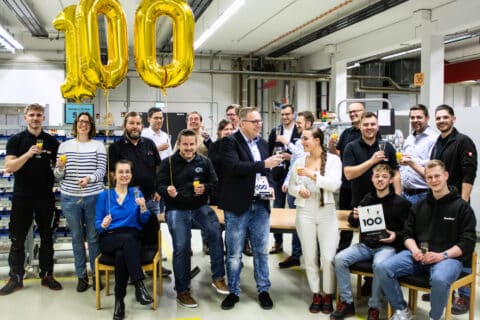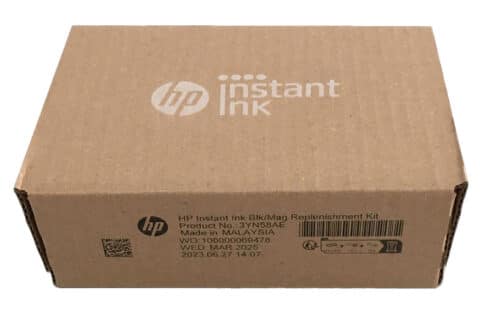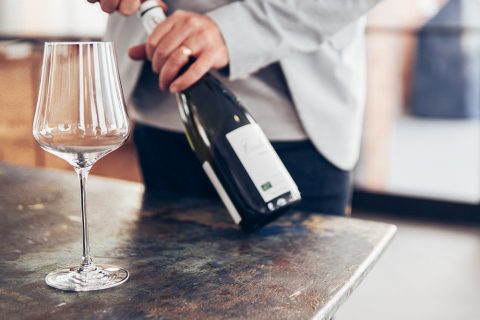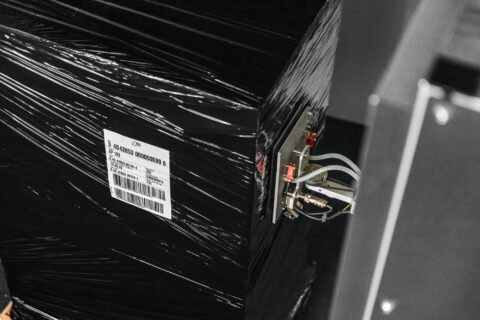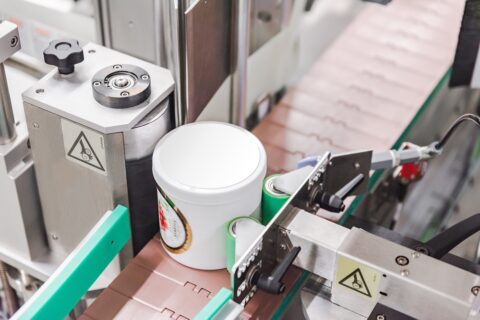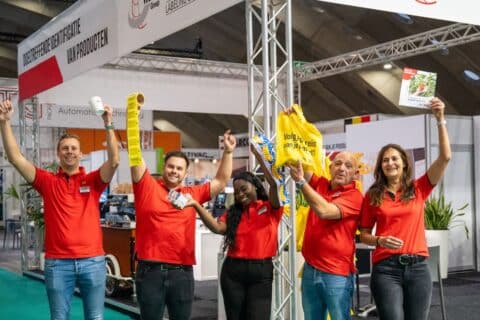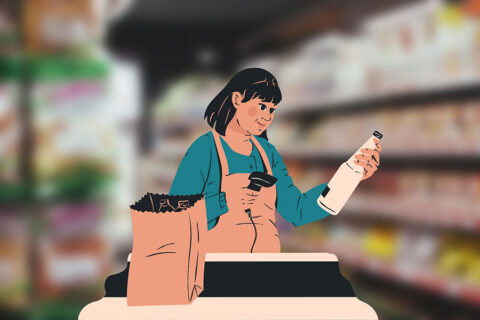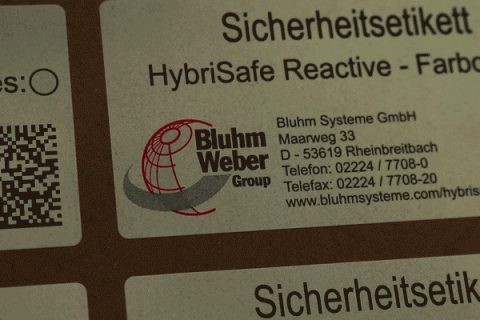It’s not just sipping and tasting wine; it is also about knowing wine’s way from the moment grapes are collected to when it is being poured on our glass. That’s labeling wine.
The world’s annual consumption of wine is almost 250 million hectoliters, being produced in more than 70 countries all around the world.
Without appropriate labeling and marking solutions, the wine supply chain is neither complete nor compliant, turning identification and traceability an essential part of the process and a requirement right at the end-of-the-line.
Wine labeling: From harvest to bottle
The wine supply chain starts right at the winegrowers. Grapes are harvested and collected either by hand or using a machine. If grapes are grown in a different place to where wine is going to be bottled, then there is a further step in the supply chain. The winegrower provides the grapes to the winemaker, and then ships the grape boxes – usually plastic boxes – that are carefully labeled on at least one end. The label that is found in the plastic box should contain the following information:
- Grape variety
- Number of pounds
- Name and address of the packer or grower
- Trademarked names
Looking for a label printer for wine labeling?

The Epson label printer is ideal for printing professional and industrial full colour labels, including shipping labels, ingredient labels, logos for branding and anything else you want.
Full colour printing with custom texts, barcodes and sequential numbers, it’s all possible on-demand.
Wine labeling: The making of the wine
The following step in the wine making process consists in the crushing and pressing of the grapes to obtain the juice and allow for natural fermentation which usually happens within 6-12 hours. Once fermentation has been completed, the wine is racked on tanks or barrels so that it’s filtered and clarified for subsequent bottling.
As consumers, we are all aware of the cover letter of a wine: it’s a label.
Wine labeling is at the heart of the wine industry and production, because without it, the wine cannot be recognised or remembered. Wine labels are usually distinguished by their design and graphics: they are not black and white labels, like those used in shipping, printed and applied by an automatic machine.
Instead, the labels applied to wine bottles tell a story. Namely, the story of the wine:
- Where the wine comes from
- The grape used
- The dish with which it goes best
- What the right temperature for the wine is
- The winemaker

These labels can be printed on-demand with the help of Epson or Oki colour label printers. This way, you will never have too many labels and you will stay in control of your label production.
How wine labeling works
After the wine has been made, it is time to apply the label. Wine growers often opt for semi-automatic systems. Why? With semi-automatic labeling solutions such as the Geset 141P, the operator can quickly change the label rolls and label different items smoothly and easily.

- Epson C7500 and Geset 141P
- Semi-automatic labeling of wine bottles
- Available with and without colour label printer Epson C7500
- Ideal for seasonal and private labeling
- Up to 30 bottles per minute
- Batches of 30 to 1,000 bottles
Shipping labels for wine boxes
The labeling of bottles is done with precision and wrinkle-free. The wine bottle is identified and labeled. This ensures traceability, integrity and authenticity throughout the supply chain. Afterwards, the wine is stored in a cardboard box containing 6 or 12 bottles, so that it can be easily distributed.
Labeling the wine boxes is therefore very important. The recipient of the box must be able to see at a glance what it contains. Think of the brand, grape variety, weight and batch number. For labeling the secondary packaging, there are fully automatic labeling solutions to increase productivity and effectiveness.
Wine producers rely on label printers and dispensers that can automatically print and apply labels. Label software prints variable codes and data on, for example, a shipping label, which is then applied with an label dispenser equipped with Tamp-Blow technology.
Weber LA4050B Swing Arm

- Electrical 90º degree swing arm that allows printing and applying in two sides of a box within the same cycle
- Able to apply up to 60 labels per minute
- Thanks to being electric, it allows the saving up to 80% of the total cost of ownership
- Modular construction and compact design
 An alternative to boxe labeling that can be more cost-effective and sustainable (though less efficient) is direct printing. Inkjet printers such as the Markoprint Portfolio by Weber Marking Systems are usually chosen by winegrowers to mark boxes with logos, codes, variable data in black and white or in color. The advantage of direct printing is fast-drying, no maintenance of the machines and cost-effectiveness of inks.
An alternative to boxe labeling that can be more cost-effective and sustainable (though less efficient) is direct printing. Inkjet printers such as the Markoprint Portfolio by Weber Marking Systems are usually chosen by winegrowers to mark boxes with logos, codes, variable data in black and white or in color. The advantage of direct printing is fast-drying, no maintenance of the machines and cost-effectiveness of inks.
Weber PP108

- No air pockets in the nozzle rows
- High resolution of up to 360 dpi in vertical
- High printing speed of up to 150 m/min
- Printing height of up to 108 mm without offset
Labeling solutions for the wine industry
The possibilities for labeling, identifying and tracking products in the wine industry are endless. Be inspired by the possibilities on the website of Weber Marking Systems.
Cheers!



